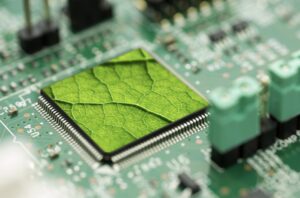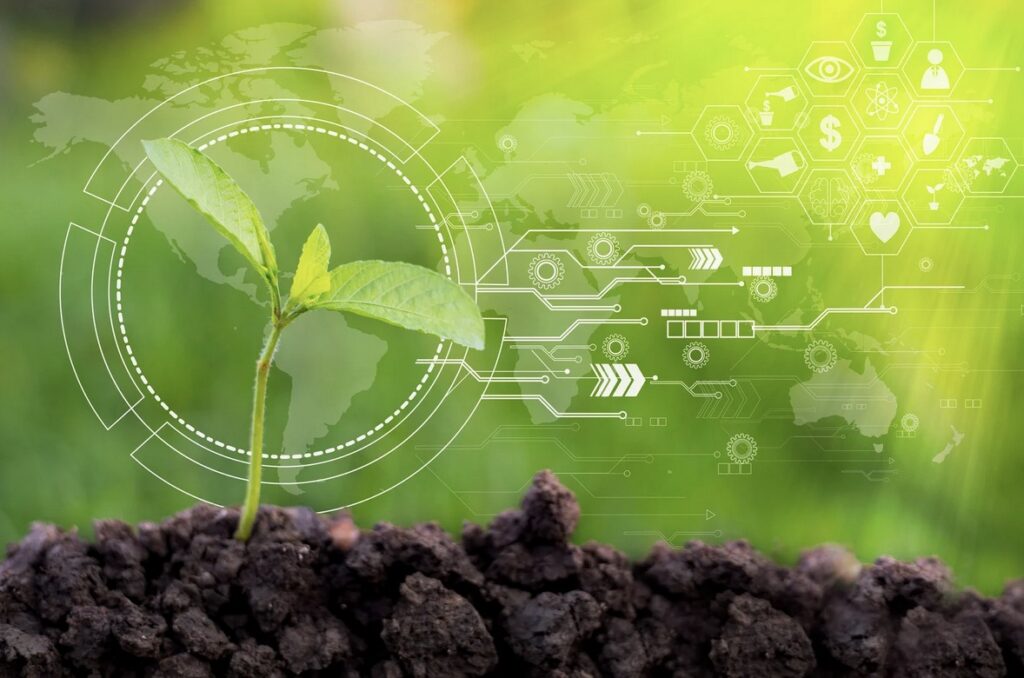Green Technology Definition
Green technology, providing a robust solution to environmental challenges, invites a comprehensive understanding. This section aims to delve into the edifice of green technology, unraveling its goals and definitions.
Green Technology, familiar to many as Clean Technology, represents a vast array of innovative, environmentally friendly processes and materials. It combats environmental degradation by focusing on sustainable, less damaging to the ecosystem alternatives. These alternatives stretch across multiple dimensions including energy generation, construction methods, waste management, and even product manufacturing. An example is the shift from fossil fuels to renewable energy sources like solar and wind.
The Goals of Green Technology
The cornerstone of green technology lies in its aims to stymie environmental decay while promoting sustainability. It’s designed to achieve three chief goals.

First, reducing emissions and waste. Green technology leverages on processes that emit fewer harmful substances and produces less waste. Electric cars, for instance, eliminate the generation of harmful exhaust gases that come with combustion engine vehicles.
Secondly, it aims for efficient use of resources. This involves creating and improving technologies to utilize resources mindfully. For instance, smart irrigation systems controlled by sensors reduce water wastage and uphold efficient use.
Lastly, the most impactful goal: promoting renewable resources. Green technology fiercely espouses the use of resources that can be naturally replenished. Solar and wind energy use exemplify this objective, drifting away from depletion-prone fossil fuels.
Types of Green Technology
Taking into consideration the prior context, it becomes evident that several different classes of green tech exist. Such distinctions emanate from the primary goal they strive to achieve within the broader scope of promoting environmental sustainability.
Renewable Energy Sources
Renewable Energy Sources, epitomize a key area where green technology flourishes. These sources utilize natural elements, including the sun, wind, and water, which are not depleted by usage. The race towards fostering a sustainable world revolves largely around harnessing these elements and converting them into usable forms of energy.

For instance, solar panels absorb sunlight, converting it into electricity or heat. Similarly, wind turbines spin when wind flows over their blades, producing mechanical power that’s converted into electricity.
Hydroelectric power stations take advantage of flowing or falling water to generate electricity, demonstrating practical use of earth’s natural resources.
Sustainable Materials and Recycling
In a similar vein, Sustainable Materials and Recycling present another important aspect of green technology. The goal here is to reduce the consumption of new raw materials and enable reuse of resources.
One example pertains to the construction industry. Green building materials, like reclaimed wood or recycled steel, command a significant role in promoting sustainable infrastructure projects. Another example lies in the waste management sector. Sophisticated recycling processes convert waste material into reusable goods, thereby reducing the demand for new raw materials and curbing environmental pollution.
In delivering on the promise of green technology, both Renewable Energy Sources and Sustainable Materials and Recycling act as integral components, contributing significantly to environmental protection and the promotion of a sustainable future.
Integrating Green Tech in Everyday Life
Green technology isn’t just a concept for giant corporations or governments; it’s fast becoming ingrained in everyday life. The spread of electric vehicles (EVs) and hybrid cars, powered by advanced batteries, has begun altering the landscape of personal transportation. For instance, data shows that in 2020, globally, the electric car stock surpassed 10 million units.

Moreover, green appliances, such as energy-efficient refrigerators, washing machines, and air conditioners, are increasingly commonplace. Additionally, smart home technologies enable homeowners to optimize energy use, lowering both environmental impact and electricity bills.
Importantly, the growing popularity of personal solar panels and wind turbines allows individuals to generate their own renewable energy, reducing dependence on the grid. For instance, as of 2019, the United States alone had over 2 million solar installations.
In essence, the future shines bright for green technology. Not only in terms of promising innovations on the horizon but through wide potential for integration into everyday life. Such developments indicate a transformative shift towards a more sustainable world, offering a solution to the pressing global issue of climate change.

